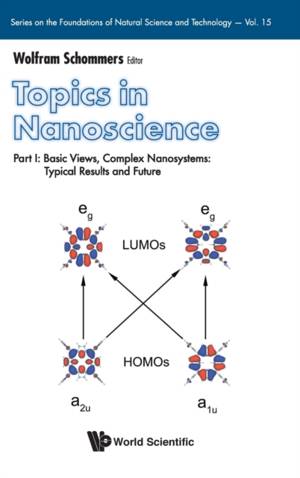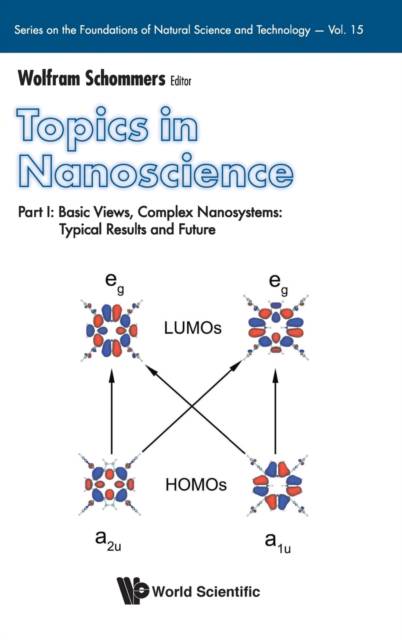
Je cadeautjes zeker op tijd in huis hebben voor de feestdagen? Kom langs in onze winkels en vind het perfecte geschenk!
- Afhalen na 1 uur in een winkel met voorraad
- Gratis thuislevering in België vanaf € 30
- Ruim aanbod met 7 miljoen producten
Je cadeautjes zeker op tijd in huis hebben voor de feestdagen? Kom langs in onze winkels en vind het perfecte geschenk!
- Afhalen na 1 uur in een winkel met voorraad
- Gratis thuislevering in België vanaf € 30
- Ruim aanbod met 7 miljoen producten
Zoeken
Topics in Nanoscience - Part I: Basic Views, Complex Nanosystems: Typical Results and Future
€ 195,45
+ 390 punten
Omschrijving
With the development of the scanning tunneling microscope, nanoscience became an important discipline. Single atoms could be manipulated in a controlled manner, and it became possible to change matter at its 'ultimate' level; it is the level on which the properties of matter emerge. This possibility enables to construct and to produce devices, materials, etc. with very small sizes and completely new properties. That opens up new perspectives for technology and is in particular relevant in connection with nano-engineering.Nanosystems are unimaginably small and very fast. No doubt, this is an important characteristic. But there is another feature, possibly more relevant, in connection with nanoscience and nanotechnology. The essential point here is that we work at the 'ultimate level'. This is the smallest level at which the properties of our world emerge, at which functional matter can exist. In particular, at this level biological individuality comes into existence. This situation can be expressed in absolute terms: This is not only the strongest material ever made, this is the strongest material it will ever be possible to make (D Ratner and M Ratner, Nanotechnology and Homeland Security). This is a very general statement. All aspects of matter are concerned here. Through the variation of the composition various forms of matter emerge with different items.Nanosystems are usually small, but they offer nevertheless the possibility to vary the structure of atomic (molecular) ensembles, creating a diversity of new material-specific properties. A large variety of experimental possibilities come into play and flexible theoretical tools are needed at the basic level. This is reflected in the different disciplines: In nanoscience and nanotechnology we have various directions: Materials science, functional nanomaterials, nanoparticles, food chemistry, medicine with brain research, quantum and molecular computing, bioinformatics, magnetic nanostructures, nano-optics, nano-electronics, etc.The properties of matter, which are involved within these nanodisciplines, are ultimate in character, i.e., their characteristic properties come into existence at this level. The book is organized in this respect.
Specificaties
Betrokkenen
- Uitgeverij:
Inhoud
- Aantal bladzijden:
- 468
- Taal:
- Engels
- Reeks:
Eigenschappen
- Productcode (EAN):
- 9789811242670
- Verschijningsdatum:
- 21/02/2022
- Uitvoering:
- Hardcover
- Formaat:
- Genaaid
- Afmetingen:
- 152 mm x 229 mm
- Gewicht:
- 789 g

Alleen bij Standaard Boekhandel
+ 390 punten op je klantenkaart van Standaard Boekhandel
Beoordelingen
We publiceren alleen reviews die voldoen aan de voorwaarden voor reviews. Bekijk onze voorwaarden voor reviews.








